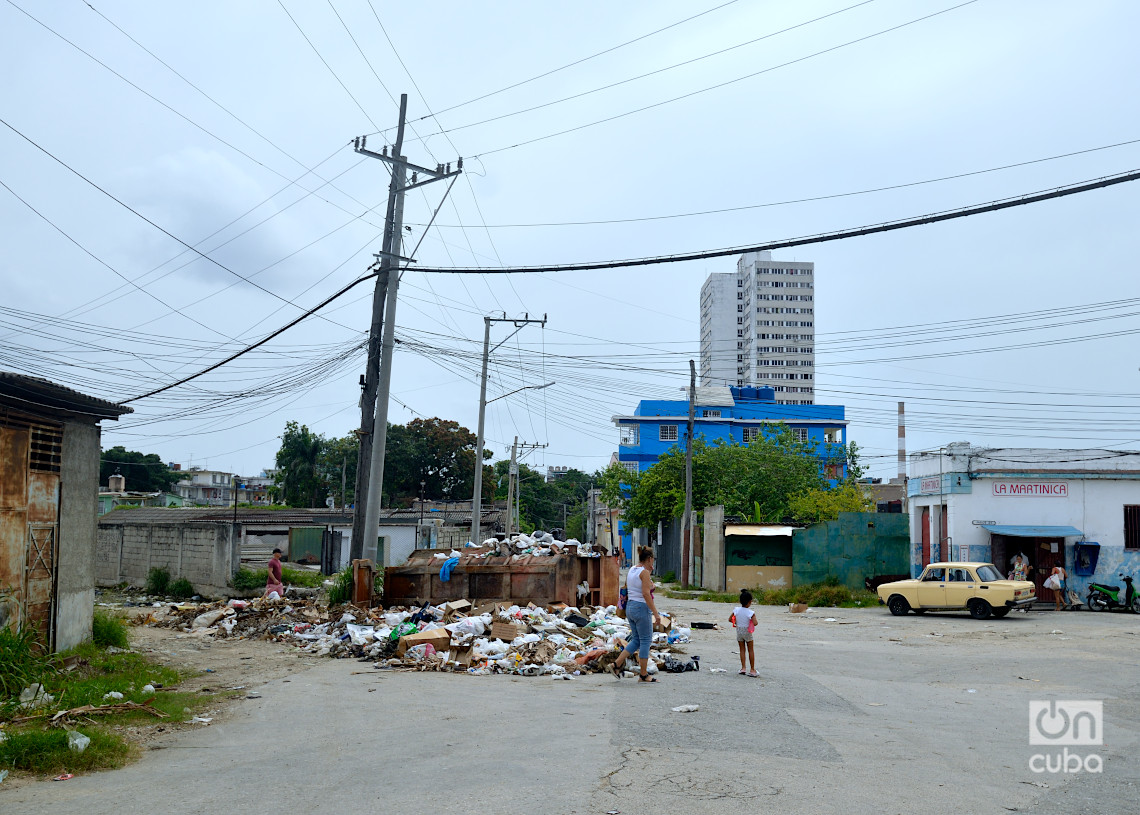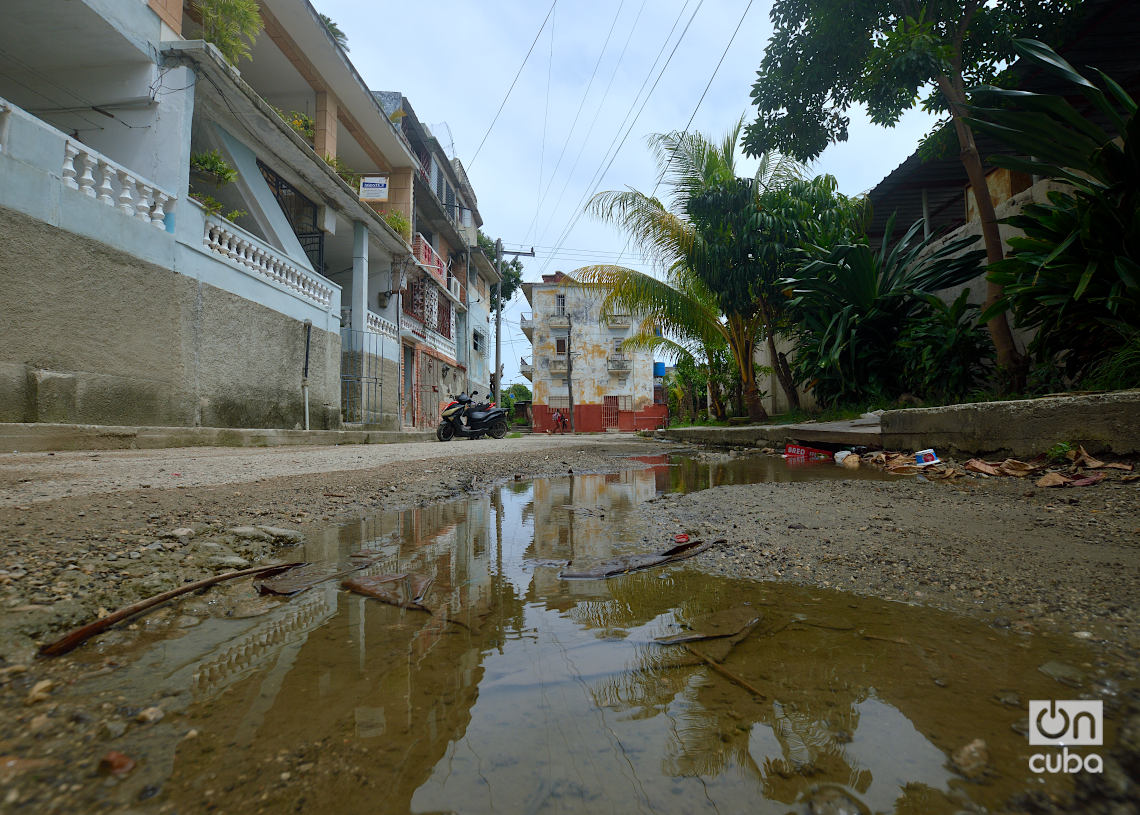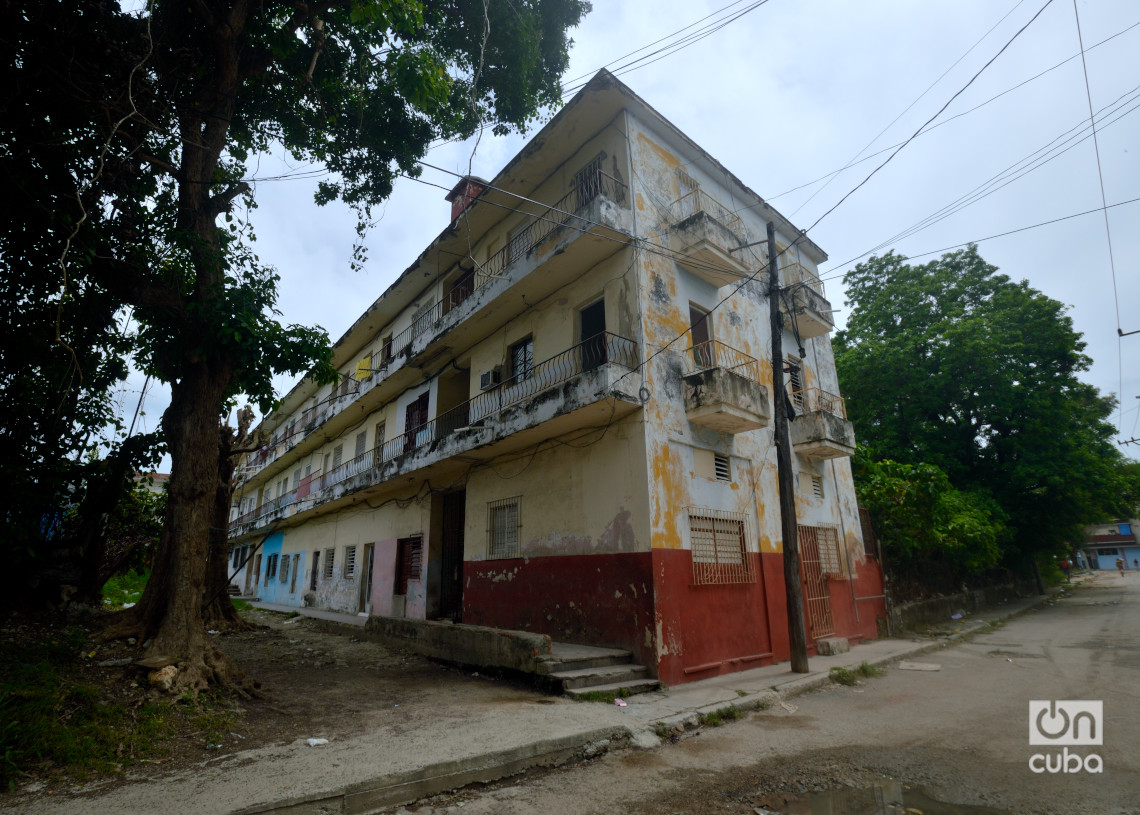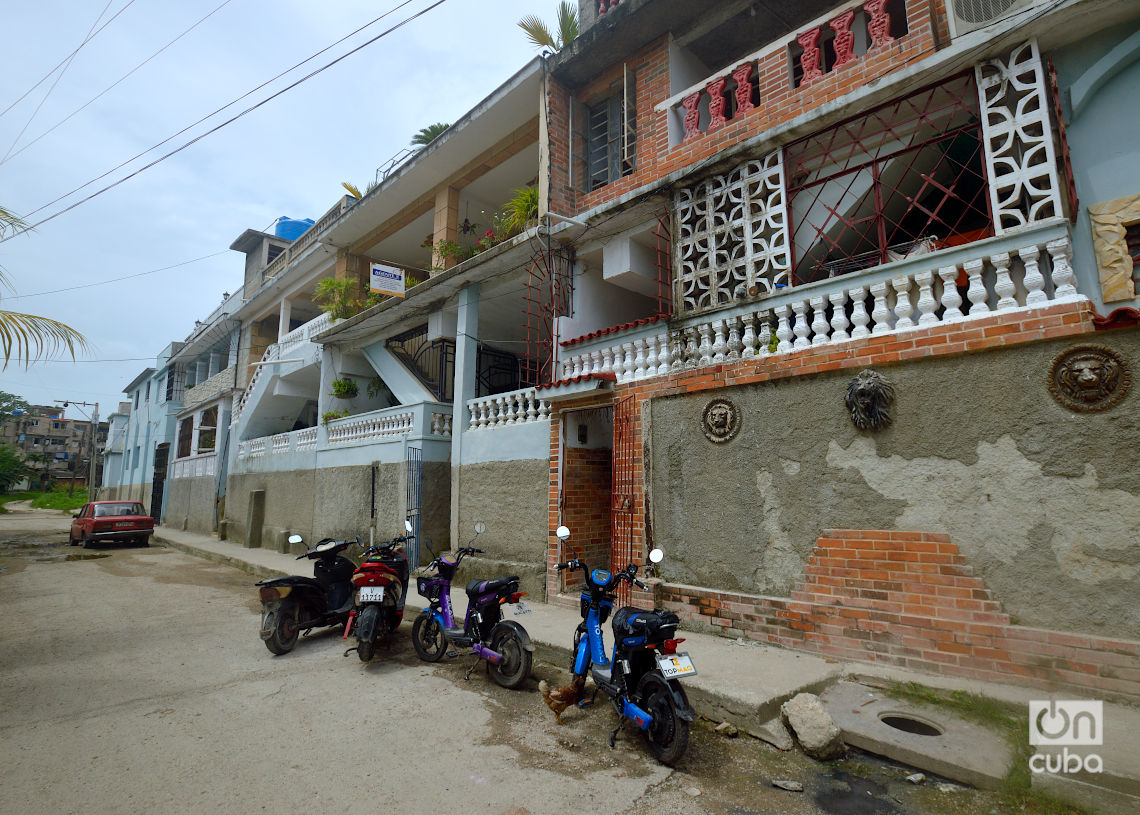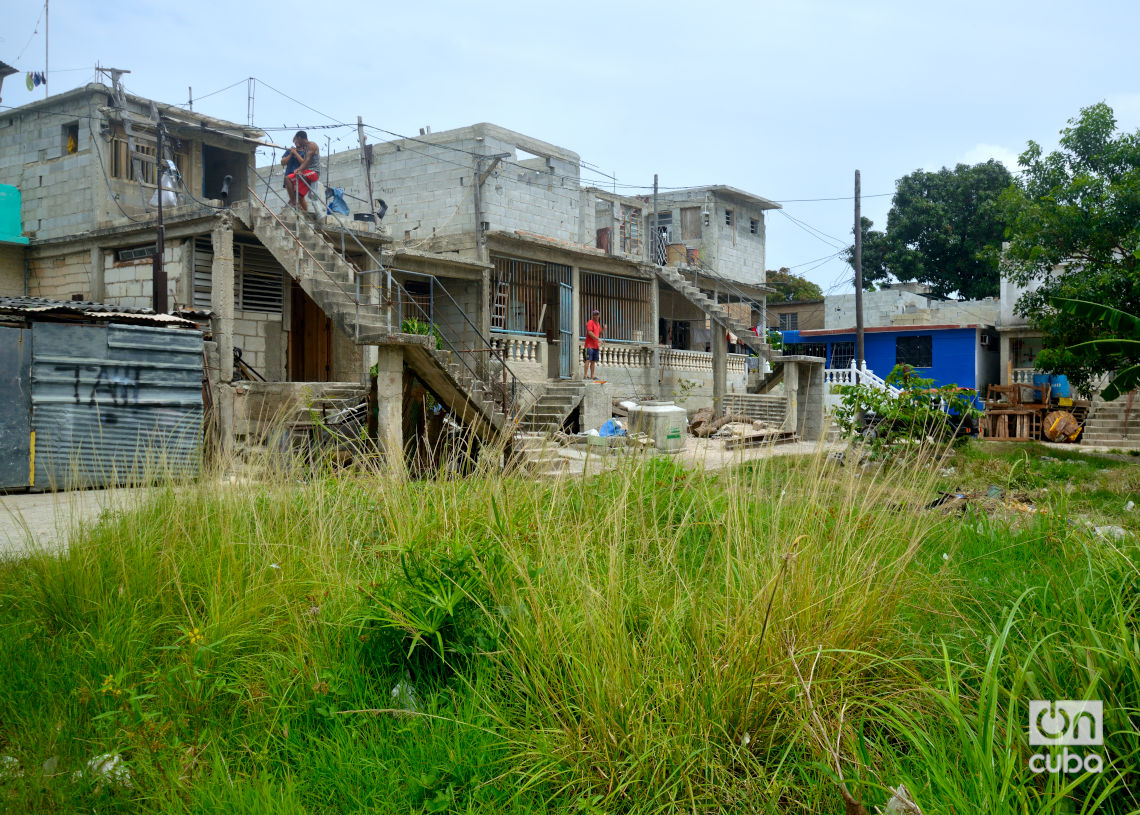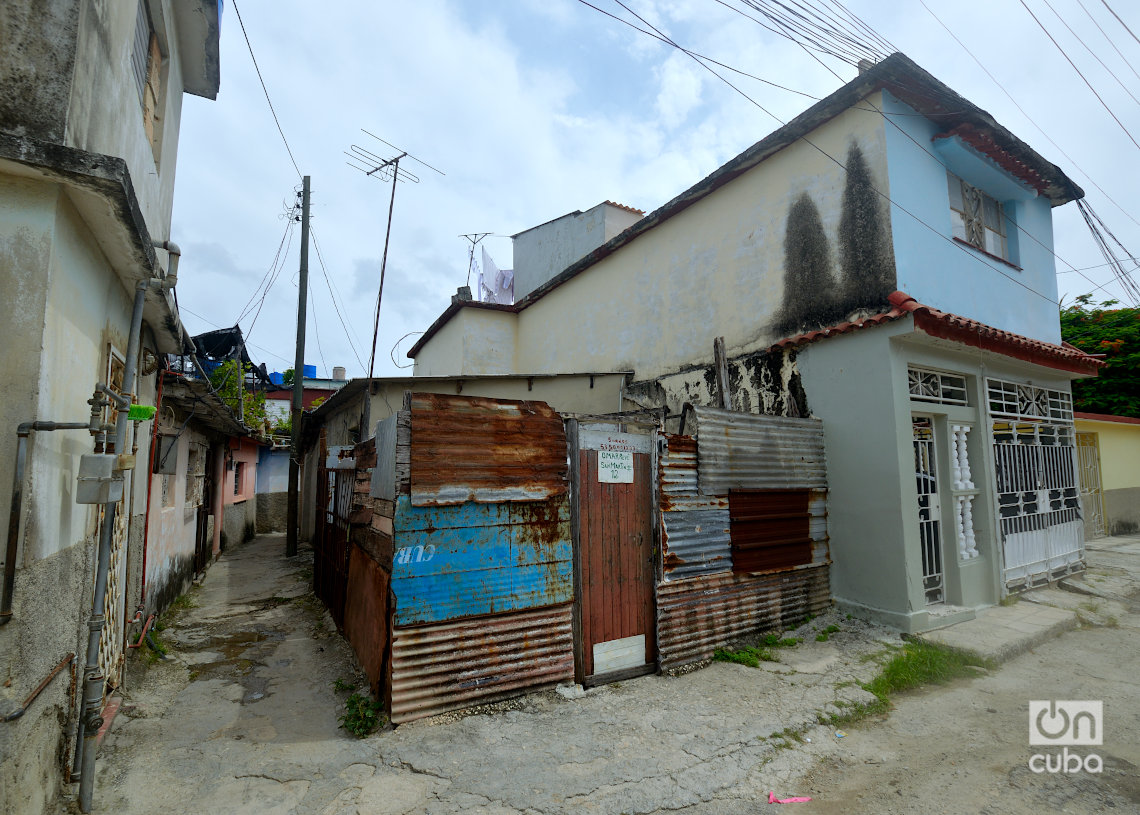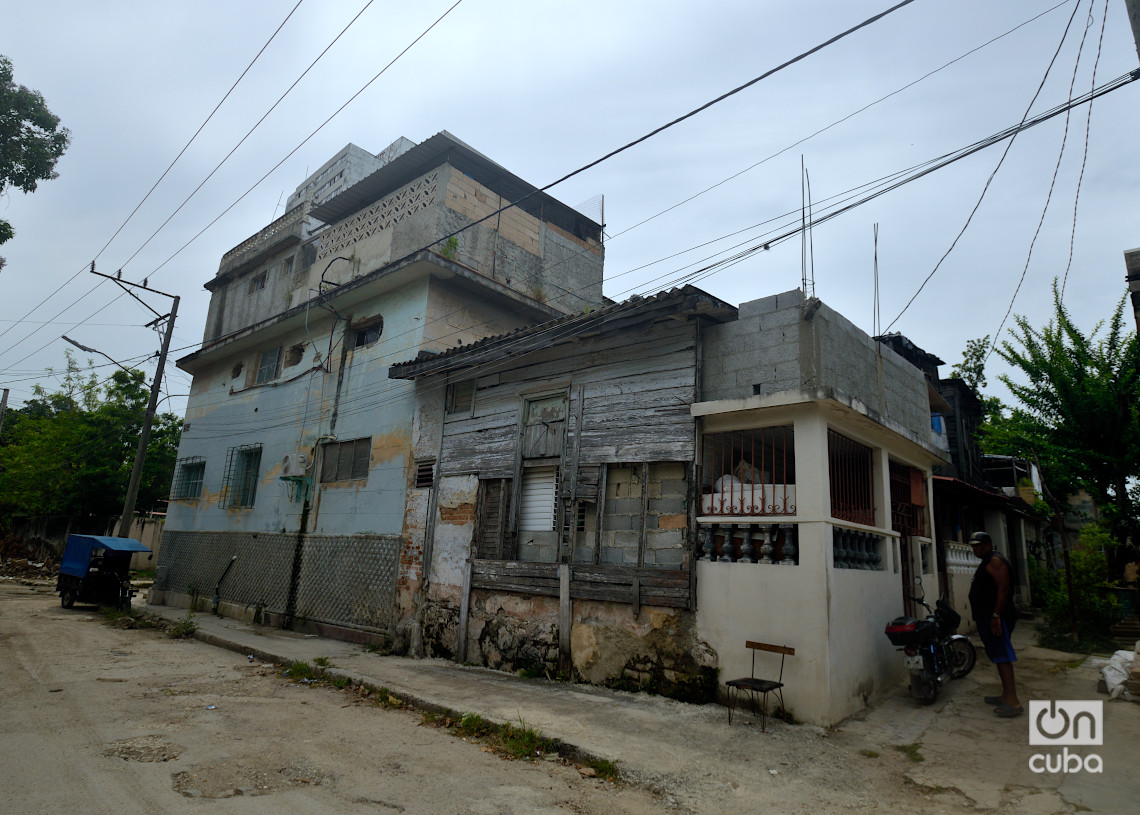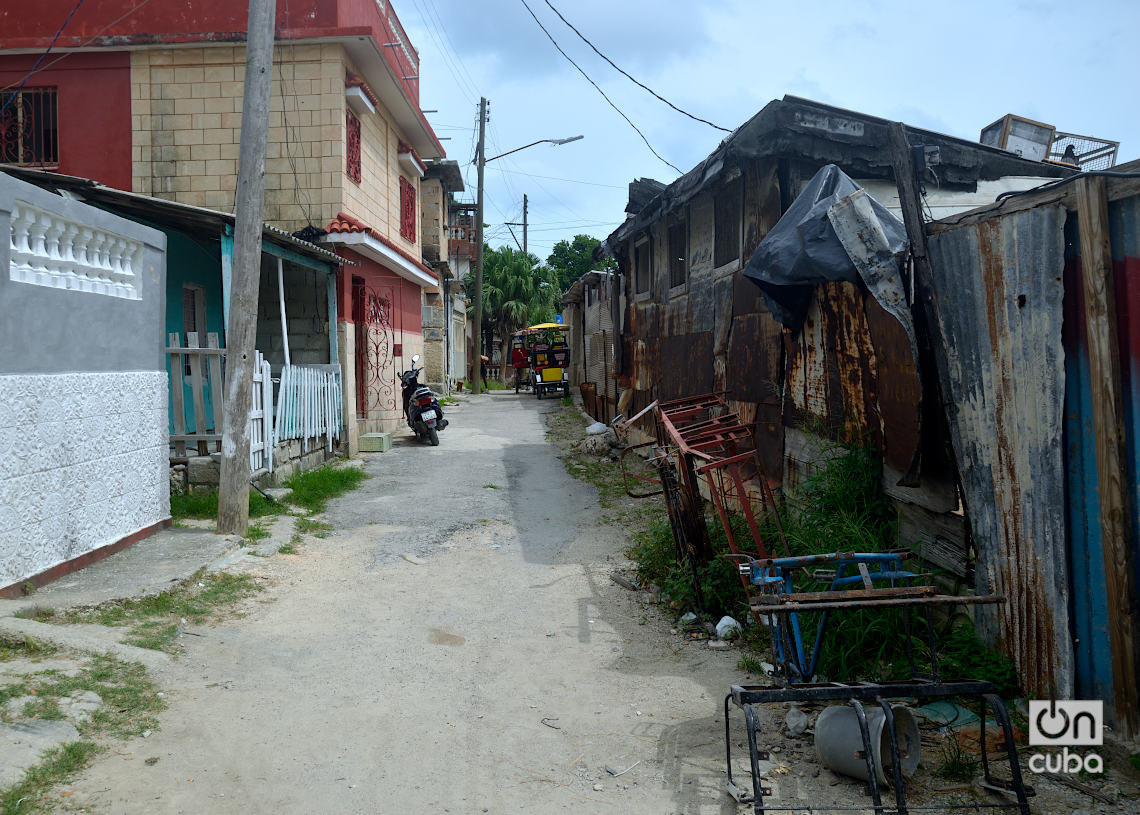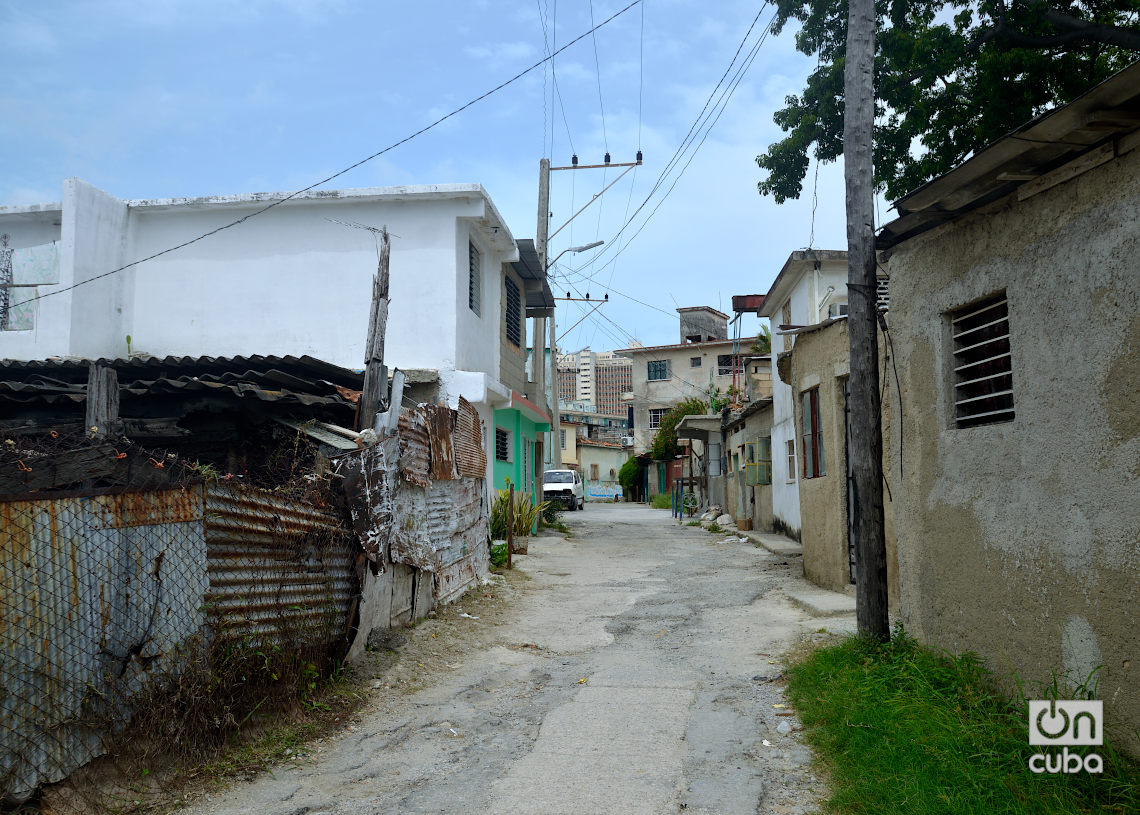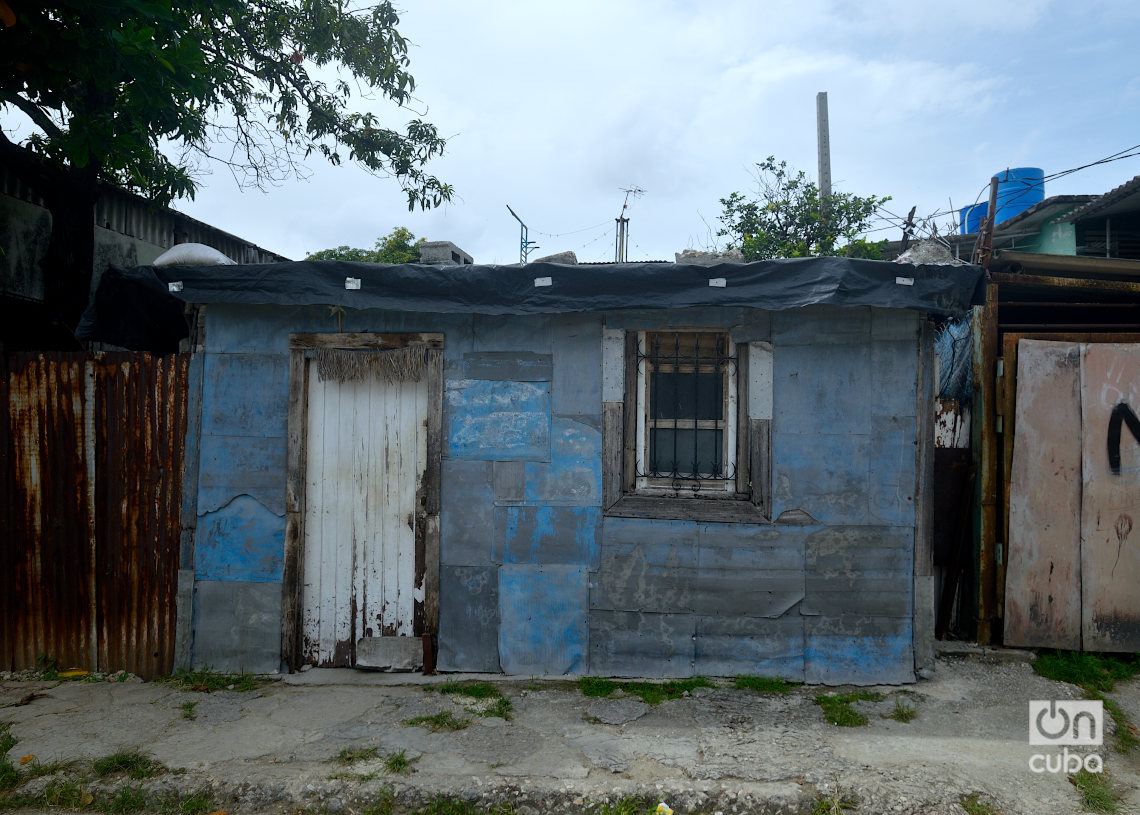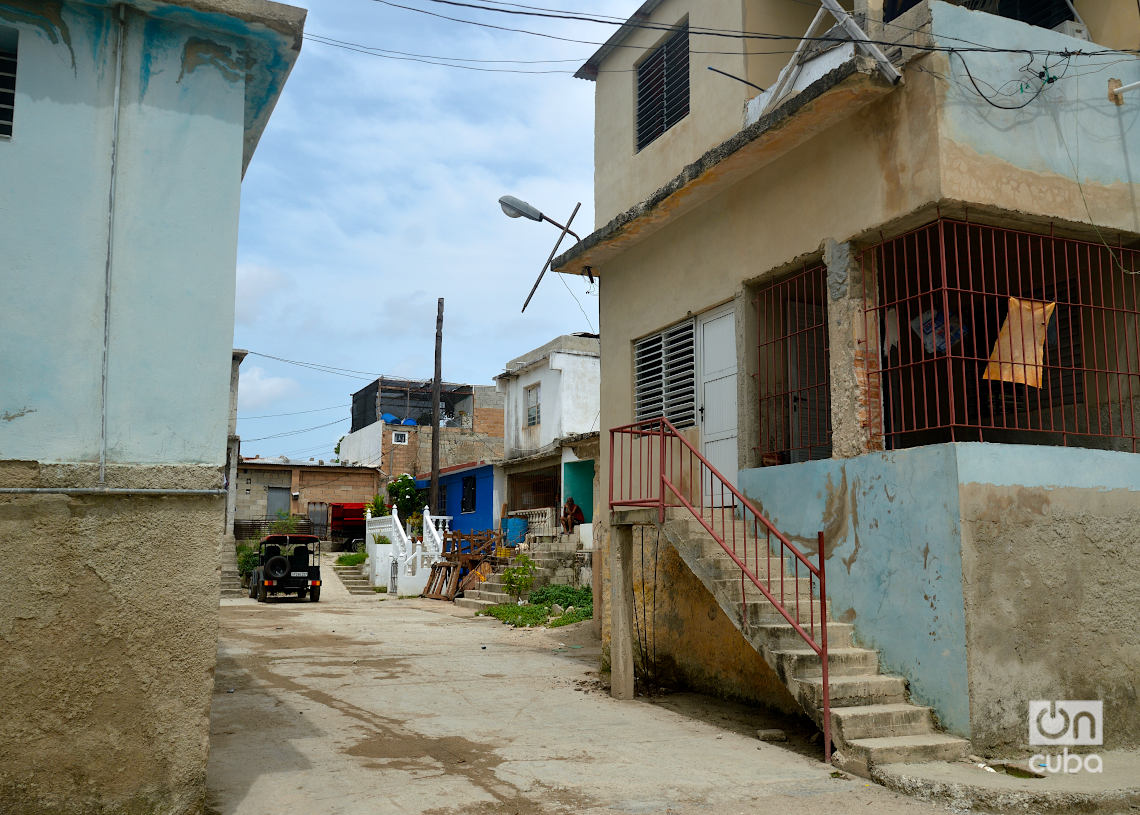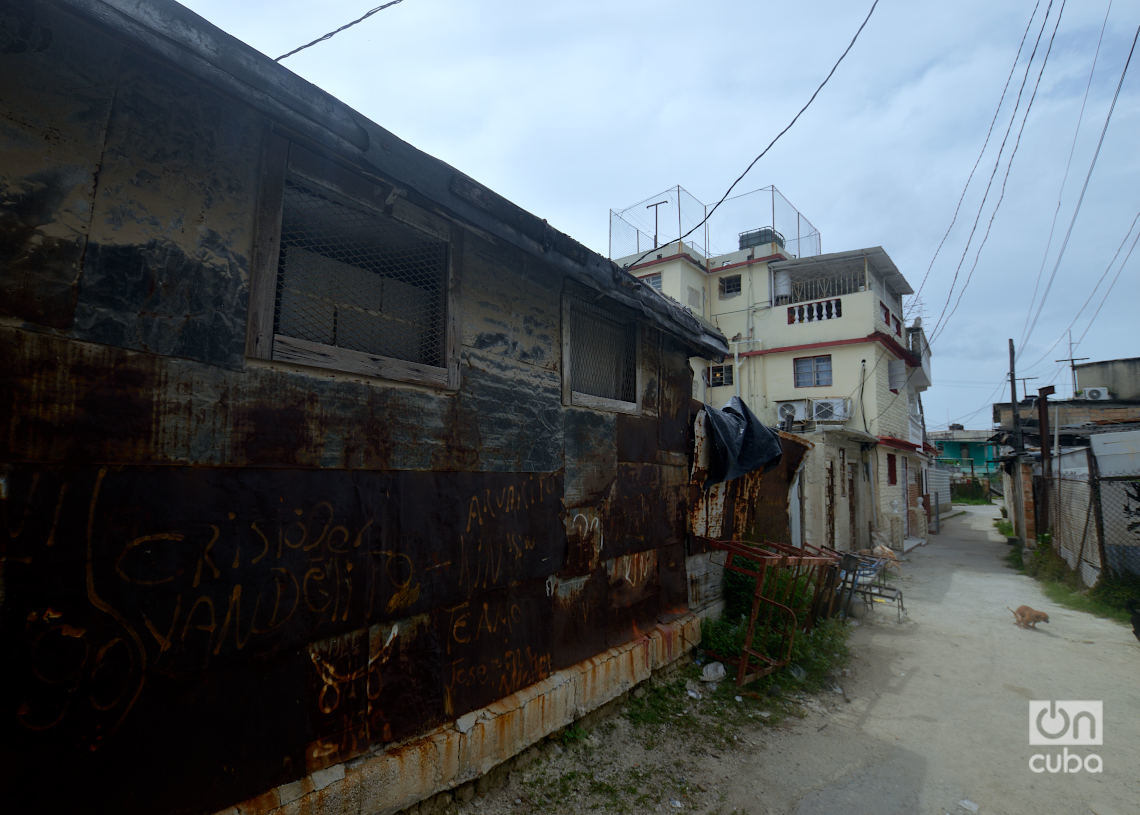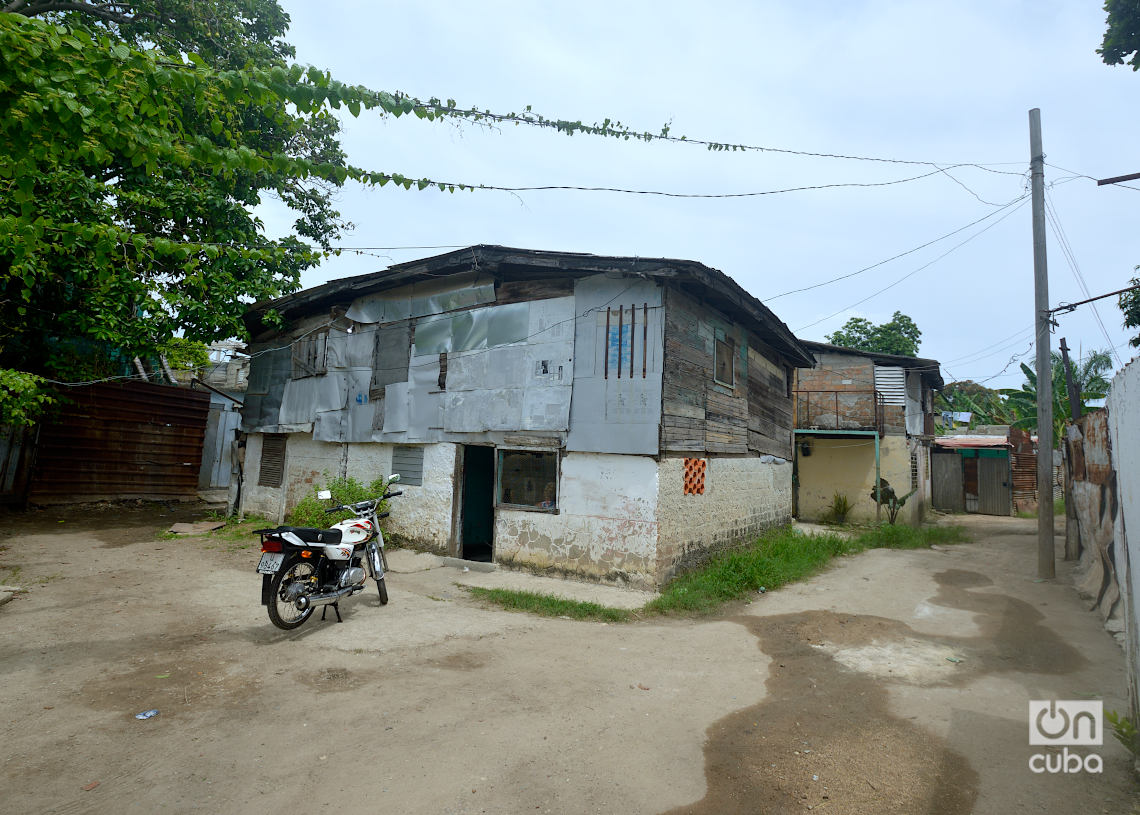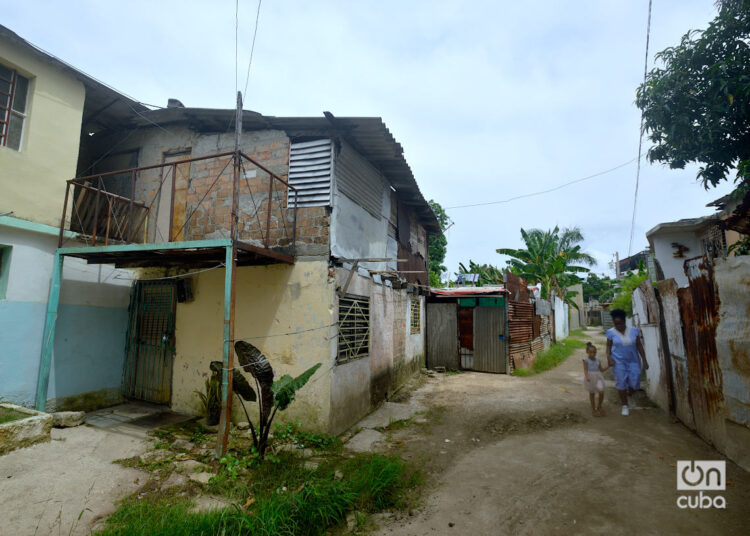Many people in Havana may not know where the San Martín neighborhood is; they have never been there, or have not even heard its name.
This is one of those “hidden” neighborhoods in the Cuban capital. A place that is not usually reached by chance — although it is possible —, but because you go to find it, looking for an address or a person directly and, suddenly, you enter, without batting an eyelid.
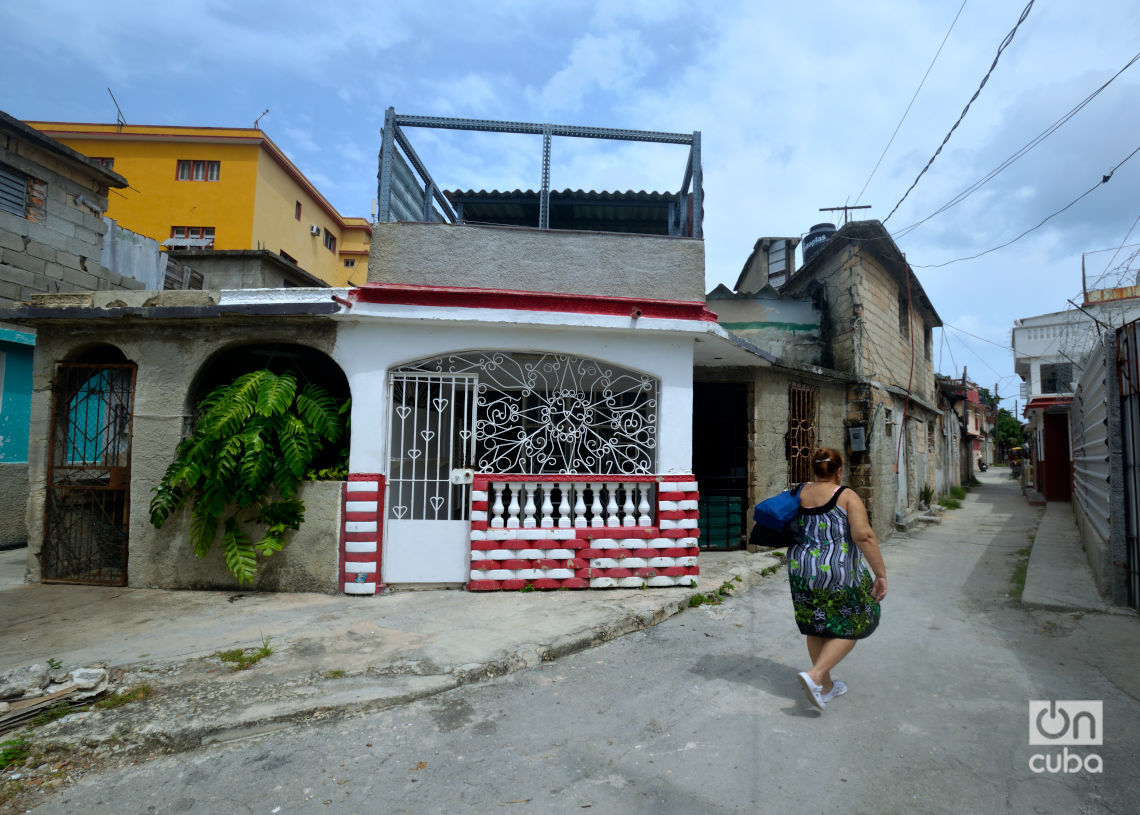
If you think it is a remote neighborhood, far from the heart of the city, you are wrong. It is located in El Cerro, near busy avenues and emblematic sites of the city such as José Martí Plaza de la Revolución and the Latinoamericano Stadium, and also another similar neighborhood: El Platanito.
It owes its name to the street of the same name, which crosses the neighborhood from Marta Abreu Street to Calzada de Infanta — or vice versa —, while its remaining boundaries are made up of other well-known arteries in the area: 20 de Mayo Avenue and Zaldo and Amenidad streets.
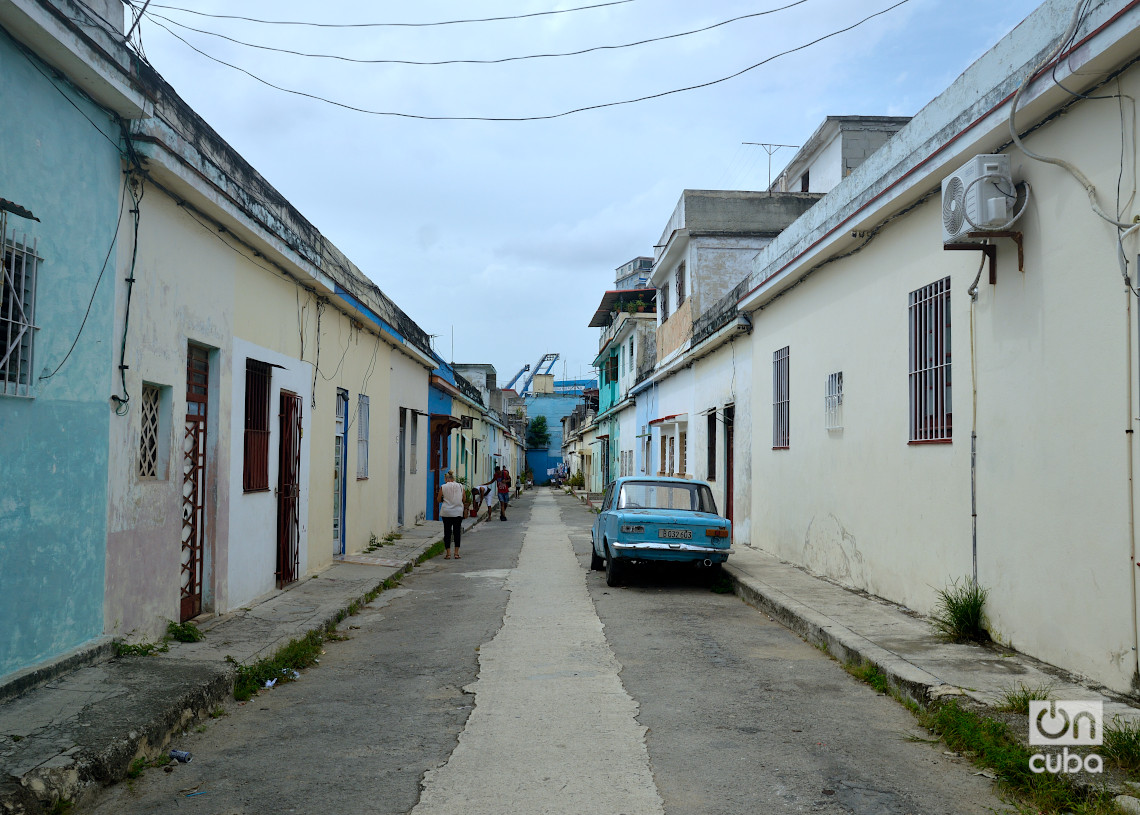
Despite its central location, the neighborhood is not the favored site from a construction point of view that some would think. It has grown — as far as its borders allow — apparently more due to the will and resources of its own inhabitants than to a planned urban design.
It is a labyrinth of narrow streets, many without sidewalks, dirt or poorly paved; with houses built little by little, with what’s at hand, together with other concrete houses, of better construction and with more than one floor; and even some buildings, vestiges of a housing plan that apparently never ended.
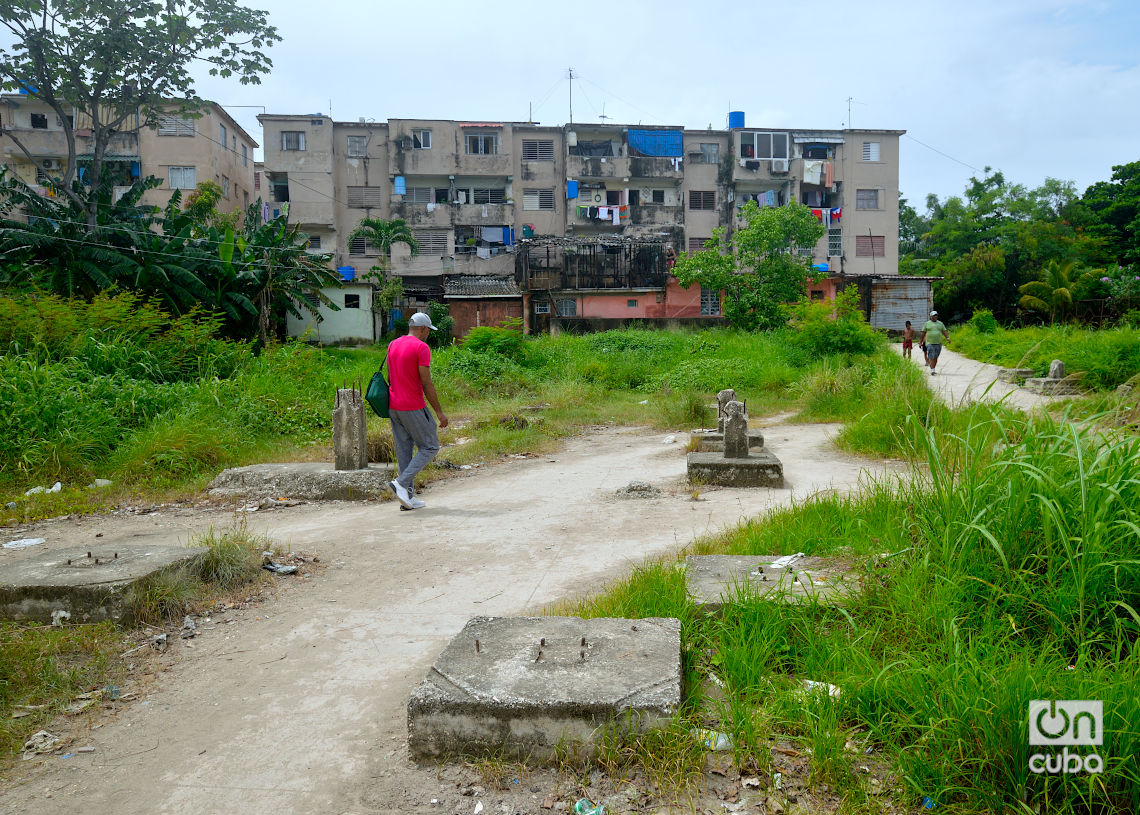
San Martín is a neighborhood closed in on itself. In addition to the street that gives it its name, its other entrance “from the outside world” is Línea del Ferrocarril — named after an old railroad line —, which connects Zaldo with 20 de Mayo and has a grocery store and an everlasting garbage dump as its two main points of reference, just where the main road intercepts it.
Our photojournalist Otmaro Rodríguez visited this “hidden” Cerro neighborhood a few days ago. Let his images serve as a letter of introduction to a Havana community that, with its contrasts and daily struggles, strives, like all others, to move forward amid the crisis.

